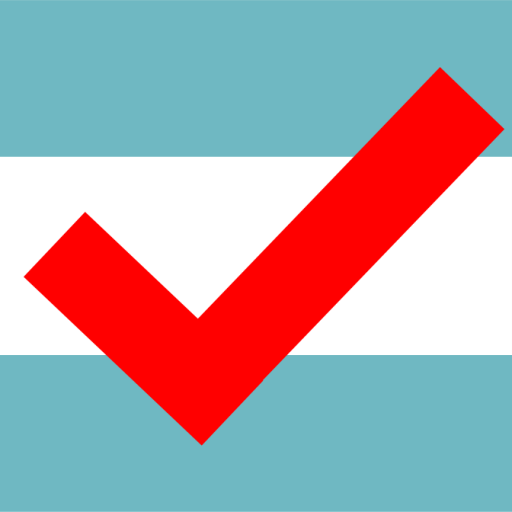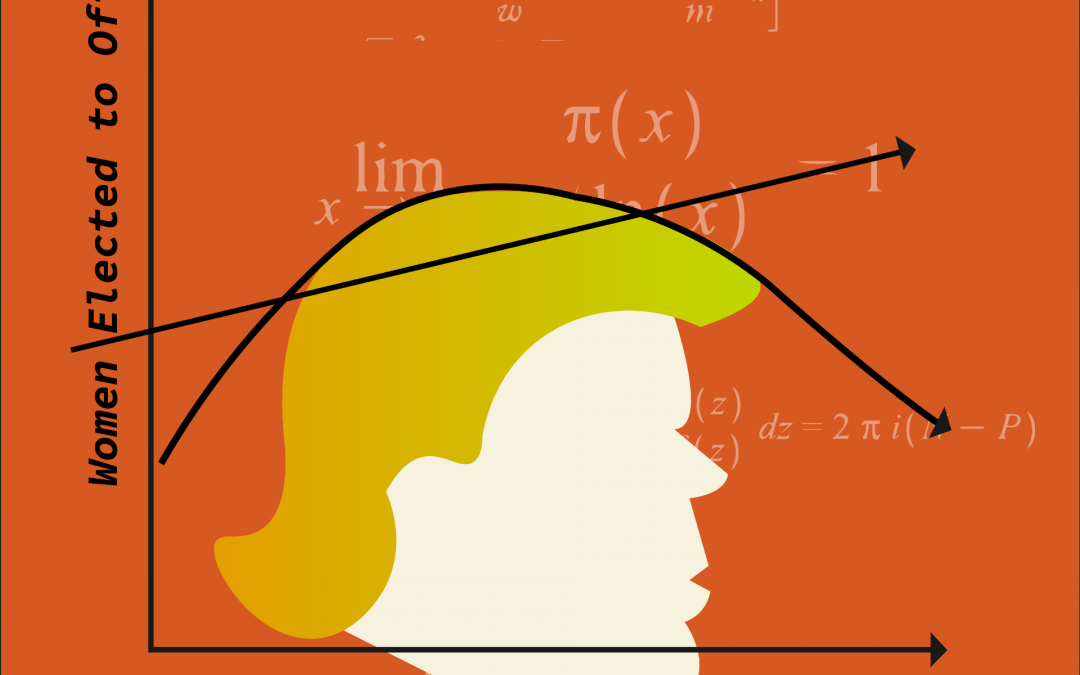The City of Chicago is currently in the midst of the most competitive and diverse aldermanic election yet. Only four incumbents are going unchallenged—compared to 2015 when six seats went unchallenged and 2011 when seven seats went unchallenged.
The bigger story, however, is the increase in diversity and number of female candidates running to sit on Chicago’s city council. Of course, this trend has been talked about relentlessly on the national level and has been coined the “Trump Bump.” The Trump Bump refers to the phenomenon of Trump’s presidency—along with significant cultural moments including the Kavanaugh hearings and the #MeToo movement—being the driving force in getting women to run for higher office. Newscasters and academics alike have wondered whether the increase in female identifying candidates seeking elected office is just part of a “Trump Bump” or if it’s the new normal. In Chicago, this phenomenon is part of a larger trend—and one that is here to stay.

Since 2003, more and more women have been running for city council in nearly every election cycle. While both men and women are becoming more politically engaged, male candidates, have only had a net increase of 11.5 percent from 2003 to 2019, while female candidates have had a 73.2 percent net increase over the same time period.
From 2003 to 2007, there was a 22 percent increase in women running for city council. From 2007 to 2011, a 32 percent increase, from 2011 to 2015 a small 4.5 percent decrease, and from 2015 to 2019 a 12.7 percent increase. What these marginal increases tell us is that women have been running in Chicago at an increasing rate every election cycle—it’s only now with Trump in the White House are we taking notice.



